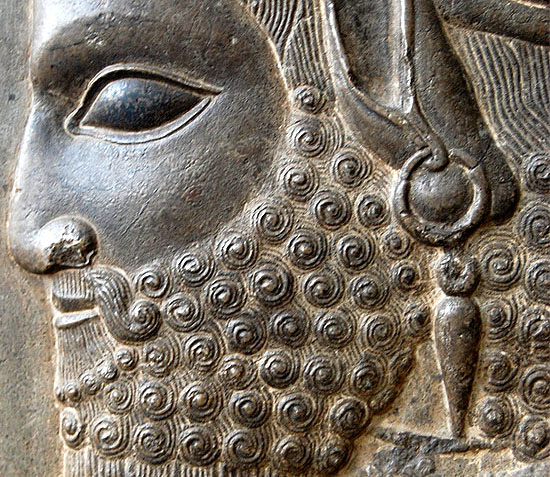
The introverted Persians use the word shenâsi, ‘knowledge’ for what is called -logia, ‘discourse’ by the extroverted Greeks. The Persian equivalent for Iranology, discourse on Iran is for example Irân-shenâsi, Iran science, as that of psychology is ravân-shenâsi, or that of the closely related science of chiromancy is dast-shenâsi.
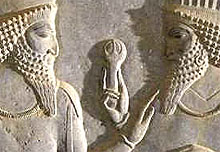 One can speak about everything, thus also about beard, and the Greek name for this discourse is pogonology from πώγωνος, beard which has also inspired Plutarch to the proverb πωγωνοτροφία φιλόσοφων οὐ ποιεῖ, beard-growing does not make the philosopher, very fitting to our present subject, and fully exposed in chapter 2.8.95 “Tragical monkey” of Erasmus’ Adagia. However surprising it may seem, this discourse does exist, and its small but glorious bibliography extends from Giovanni Pierio Valeriano’s Pro sacerdotum barbis written in 1531 on priestly beards to Jacques Antoine Dulaure’s Pogonologia, or a Philosophical and Historical Essay on Beards of 1786. Its Persian equivalent is ریش شناسی rish-shenâsi, beard science, which equally exists in Iran. At least this is what we learn below from politologist Amir Taheri who, after some sporadic mentions now exhibits it in detail in his recently published The Persian Night: Iran under the Khomeinist Revolution. To the Persians who are so fond of the unexpected consonances of words, a special source of delight is the similarity of shenâsi to shenâ, ‘swimming, floating’, which evokes the image of the revolutionary birds streaming on the multi-storied bulkheads and giant posters.
One can speak about everything, thus also about beard, and the Greek name for this discourse is pogonology from πώγωνος, beard which has also inspired Plutarch to the proverb πωγωνοτροφία φιλόσοφων οὐ ποιεῖ, beard-growing does not make the philosopher, very fitting to our present subject, and fully exposed in chapter 2.8.95 “Tragical monkey” of Erasmus’ Adagia. However surprising it may seem, this discourse does exist, and its small but glorious bibliography extends from Giovanni Pierio Valeriano’s Pro sacerdotum barbis written in 1531 on priestly beards to Jacques Antoine Dulaure’s Pogonologia, or a Philosophical and Historical Essay on Beards of 1786. Its Persian equivalent is ریش شناسی rish-shenâsi, beard science, which equally exists in Iran. At least this is what we learn below from politologist Amir Taheri who, after some sporadic mentions now exhibits it in detail in his recently published The Persian Night: Iran under the Khomeinist Revolution. To the Persians who are so fond of the unexpected consonances of words, a special source of delight is the similarity of shenâsi to shenâ, ‘swimming, floating’, which evokes the image of the revolutionary birds streaming on the multi-storied bulkheads and giant posters.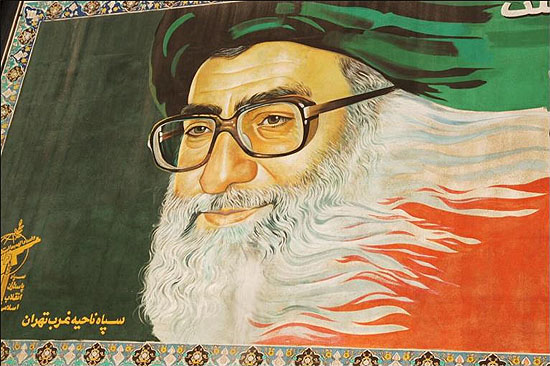
 “Over the years, deciding who is who by stile of beard has become a popular sport with Iranians. Called “beard spotting” (rish shenasi), the technique enables the observer to place a man by the beard he grows. The mullahs with the greatest pretensions to learning and piety grow the longest beards. Many dye their beards jet black or various shades of red with the help of henna. Those who wish to give an impression of detachment from the transient do not dye their beards. Most others opt for a salt-and-pepper look to make them appear old enough to impress the populace but young enough to avail themselves of teenage “temporary wives” or sigheh.
“Over the years, deciding who is who by stile of beard has become a popular sport with Iranians. Called “beard spotting” (rish shenasi), the technique enables the observer to place a man by the beard he grows. The mullahs with the greatest pretensions to learning and piety grow the longest beards. Many dye their beards jet black or various shades of red with the help of henna. Those who wish to give an impression of detachment from the transient do not dye their beards. Most others opt for a salt-and-pepper look to make them appear old enough to impress the populace but young enough to avail themselves of teenage “temporary wives” or sigheh.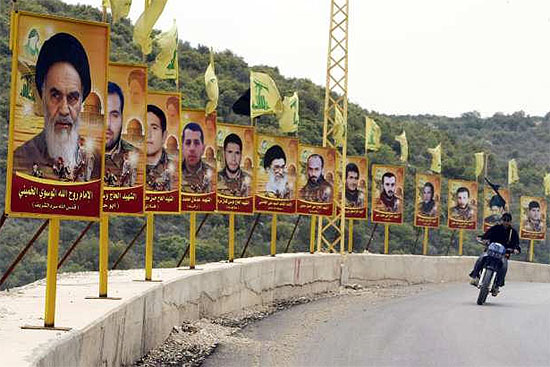
Nonclerics who wish to emphasize their piety without being mistaken for mullahs grow bushy round beards that are carefully trimmed and dyed, and often perfumed with rosewater. Mullahs who wish to portray themselves as “moderate” or open to a “dialogue of civilizations” choose beards that do not dominate their faces. A goatee is kept in deference to the Prophet, but it is extended by long sideburns to distinguish the wearer from the Saudis. A trim moustache is also added to show that one does not sympathize with Salafis like bin Laden.
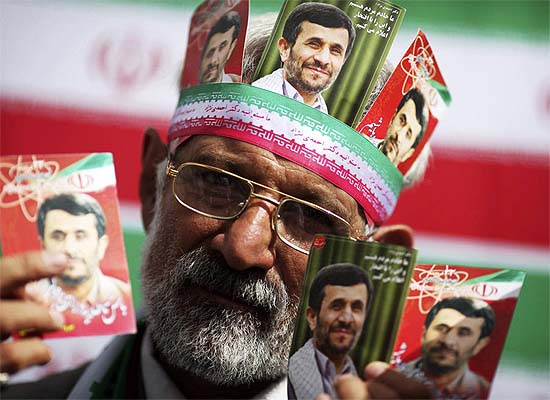
Those who wish to hedge their bets – that is to say, advertise their Islamism while appearing “modern” – have opted for what is known in the West as designer stubble, achieved with an electric shaver that does not cut the facial hair from the root. This “modern” type of beard was authorized by Ayatollah Mahmoud Taleqani, one of the “useful idiots” that Marxists and fellow travelers promoted as a religious facade in the early days of the revolution. He ruled that Islam banned the use of razors that cut facial hair completely, but an electric shaver was acceptable because it allowed some of the hair to remain.
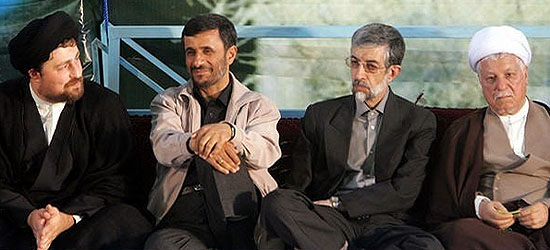
The Stalinists who collaborated with the mullahs in the first phases of the revolution distinguished themselves by maintaining two-day stubble dominated by a thick bushy moustache in memory of the Soviet despot. The Mujahedin Khalq (People’s Holy Warriors), Marxist-Islamist who helped Khomeini come to power but later broke with him, mark themselves out by shaving off their beards and growing signature moustaches in imitation of their Supreme Guide, Massoud Rajavi.
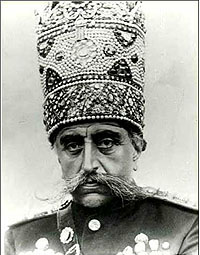 Khomeini, ignorant of history, did not realize that – except for clerics who sported Vandykes – the growing of beards had not been a Shiite tradition until the seventeenth century, when it was imposed by the Safavid Shah Tahmasp with a royal edict. Tahmasp had a dream in which the Hiden Imam apparently demanded that “men of True Faith” not discard what Allah had made to grow on their faces as a sign of his blessing. After Tahmasp’s reign, however, most men reverted to the custom of shaving their beards but growing ferocious moustaches.
Khomeini, ignorant of history, did not realize that – except for clerics who sported Vandykes – the growing of beards had not been a Shiite tradition until the seventeenth century, when it was imposed by the Safavid Shah Tahmasp with a royal edict. Tahmasp had a dream in which the Hiden Imam apparently demanded that “men of True Faith” not discard what Allah had made to grow on their faces as a sign of his blessing. After Tahmasp’s reign, however, most men reverted to the custom of shaving their beards but growing ferocious moustaches.Because the regime attaches such importance to facial hair, its opponents use shaving as a sign of protest. Television news footage and photos of public gatherings published by newspapers are censored to make sure they do not show too many clean-shaven men. To further emphasize their individuality, young men grow their hair long or spiked, and wear T-shirts with Western inscriptions. A Western visitor would be surprised how many young Iranians wear T-shirts and caps that advertise various American baseball teams.”
(Amir Taheri: The Persian Night. Iran under the Khomeinist Revolution, Encounter Books, NY-London, 2009, 94-95.)
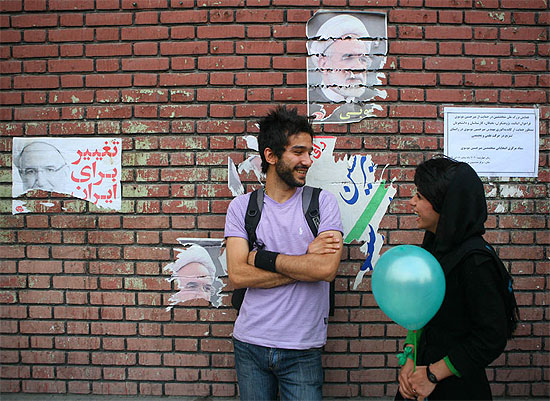

























































5 comentarios:
Good morning
I think that´s a very interesting text, but I have an answer, What about women? I know the veil is also a religious and politician sign of identity, but have they physical signs similar to the beard on the men?
Greetings and have a good weekend
Interesante pregunta la de Georgina.
Deriva en la cuestión de si se reconoce que exista sabiduría en la mujer (sabiduría, no piedad ni conocimiento religioso, por más que puedan ir juntos)
Obviamente la mujer, mucho más cubierta que el hombre, exprime su individualidad o su opción ideológica con su ropa (la rusari, mira por ejemplo aquí).
Sin embargo también así observé (en falta de semejante literatura sobre las mujeres puedo referirme solo a mis observaciones in situ) de cuanta individualidad pueden exprimir por ejemplo con el maquillaje o con el diseño de cejas. Quizá este último es tan expresivo y tan importante para las iranís como la barba para los hombres.
Recientemente he leído la carta de despedida “condicional” —muy conmovedora— de una chica que iba de ir a la manifestación de Teherán con un serio arriesgo de su vida, donde escribía que antes de ir allí, aún quería ir a hacer rediseñar sus cejas…
Amir Taheri is a fraud and charlatan who should not be believed.
Yes, now as I have completely read his book I also think so. I wrote this post when I was at the beginning of the book, and at that time it looked simply amusing, but now as I'm over it I think he is rather one-sided and propagandistic. I want to write more about this in a later post. I would be also grateful to you if you exposed why you think it so.
Publicar un comentario